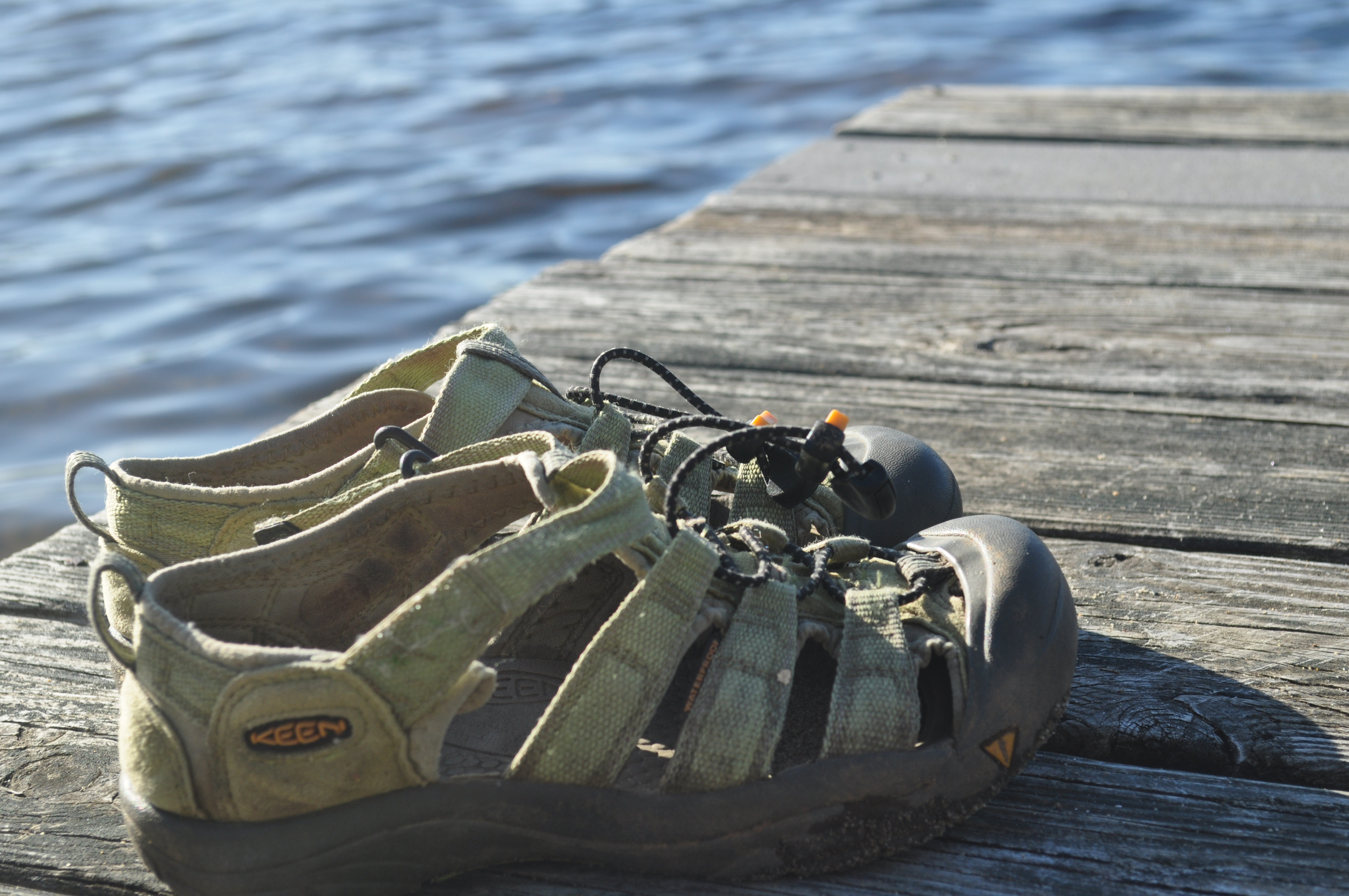A Fun Run for the Developing Writer’s Brain
Creative Writing exercises are my favorite thing to do in class. However, I used to think there wasn’t room for them in a first year writing class. I couldn’t have been more wrong. Teaching any kind of writing without creative exercises is like a coach who doesn’t encourage his or her athletes to run or weight train.
Whether you are training to improve you skills at soccer, crew, or baseball, running is one way to progress. Or, if like me, you are not a fan or competitive sports, you can run to make your body stronger and healthier. I run because it eases my anxiety and keeps the copious amounts of cookies I consume from sticking to my hips. One could say the same thing for pushups, crunches and weight training. They improve your body so you can use it more effectively.
Creative Writing exercises are like running or doing push ups. They strengthen the brain and its ability to translate thoughts into words. It doesn’t matter if a person’s goal is to write copy for a website, a lab report, a short story or a persuasive essay. Doing writing exercises on a regular bases will strengthen the parts of his or her brain that translate ideas into sentences and paragraphs.
This is a realization four years in the making for me. When I first started teaching English Composition or College Writing, I thought that since my goal was to teach academic writing, I had to use traditional academic methods. At the time, I believed that mean brief lectures about essay structure followed by discussions on nonfiction texts.
There is nothing wrong with having students read and discuss texts that follow a similar style to the ones they plan to write. However, a college writing class can be much more than that. Boredom, Breadloaf and a slew of academic articles have convinced me that I can and should teach creative writing in a class where the end goal is an academic research paper.
It shows the students that writing can be fun while enhancing their ability to efficiently translate their thoughts to the written word, it facilitates skill transfer proves to the students that they have something to say and that it doesn’t take too long for the first draft of that idea to be born on the page.
One of my favorite creative exercises to do with my students is the never-ending story. Here are the directions I give my students:
- Take out a blank piece of paper.
- In a few minutes, I am going to play a song. When the music starts, you are going to start a story. The story can start with a character, a description, action or some combination of all three as long as it is inspired by the music.
- When the music stops, pass you paper to the right.
- Read what is on the paper that was passed to you.
- When a new song plays, continue that story. However, you should let the music inspire how you continue it.
- We will repeat this process eight times.
I play a variety of songs, ranging from Lindsey Sterling’s Crystalize to Drake’s Hotline Bling. A large variety in genre and style will wield hilarious stories and an interesting discussion about what kind of music facilitates writing and what kind interferes with it down.
The reflection and discussion that follows can’t be skipped. This is where students realize the activity was more than just a way to destress at the end of the semester. If you can get them to name the skills or strategies they used when composing on the spot, they can put those aside as tools for when they get stuck on an assignment. If the students get can make a connection between the kind thinking they did during this process to the kind of thinking they did when doing other kinds of writing, they will begin to understand that skills do transfer from one genre to the other (something some academics think doesn’t happen in first year writing classes).
On the surface, the never ending story and other creative writing exercises may just seem like “fun” ways to fill time in class. However, they are actually valuable strategies for encouraging metacognition, skill transfer and team work. They encourage students to think quick, reflect on how music or sounds affect their writing and asks them to participate in a non-verbal collaboration. They focus more on the process than the end product. Most importantly, the have fun while they are learning something.